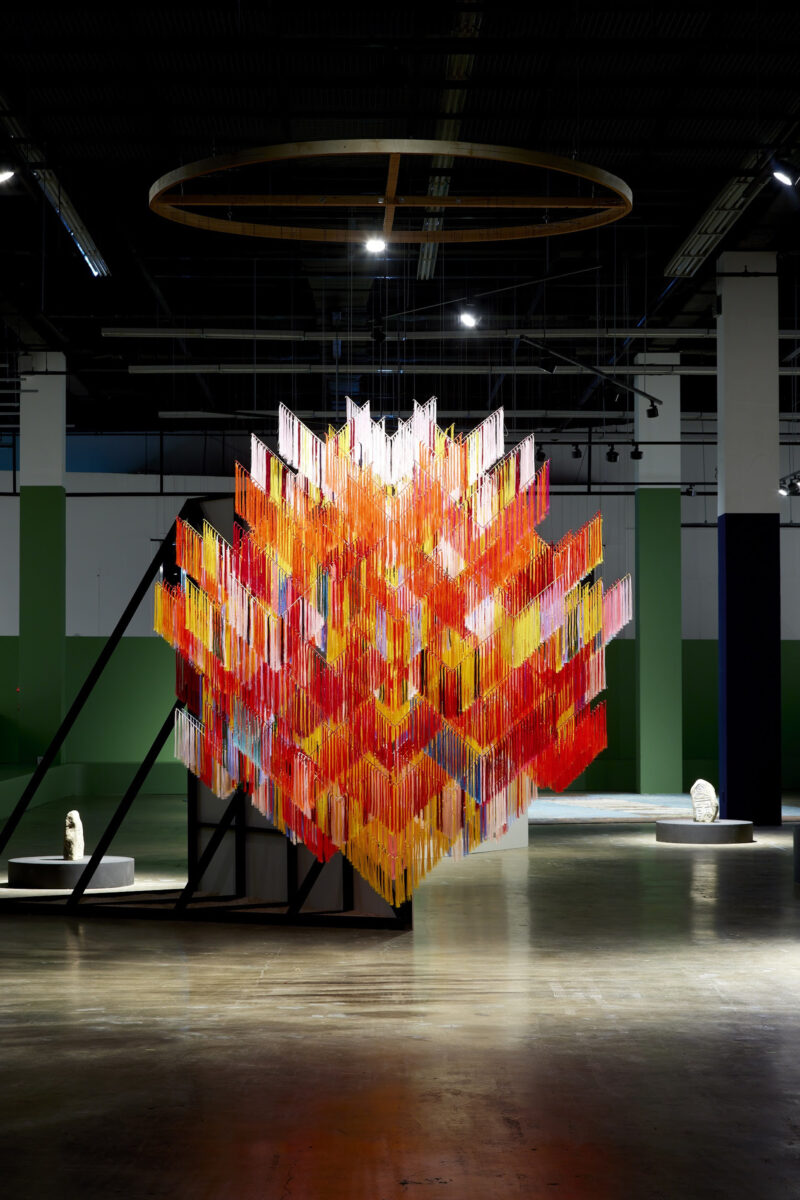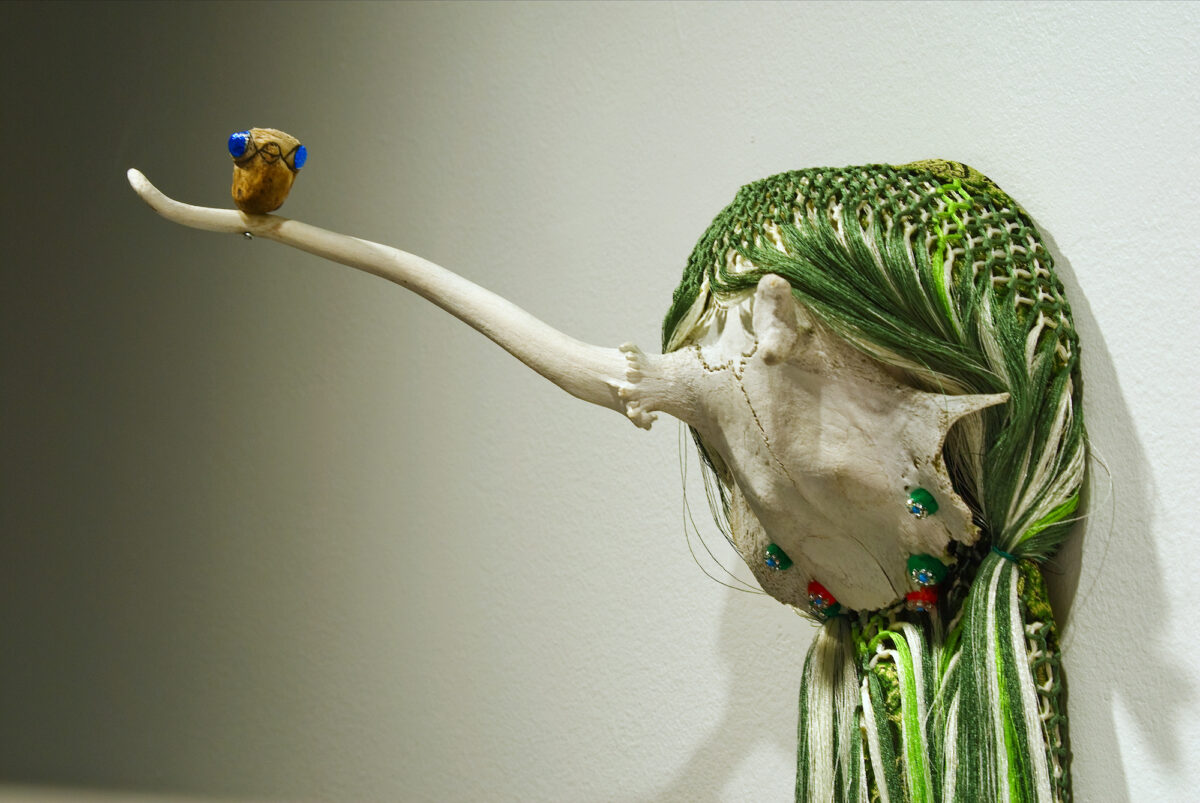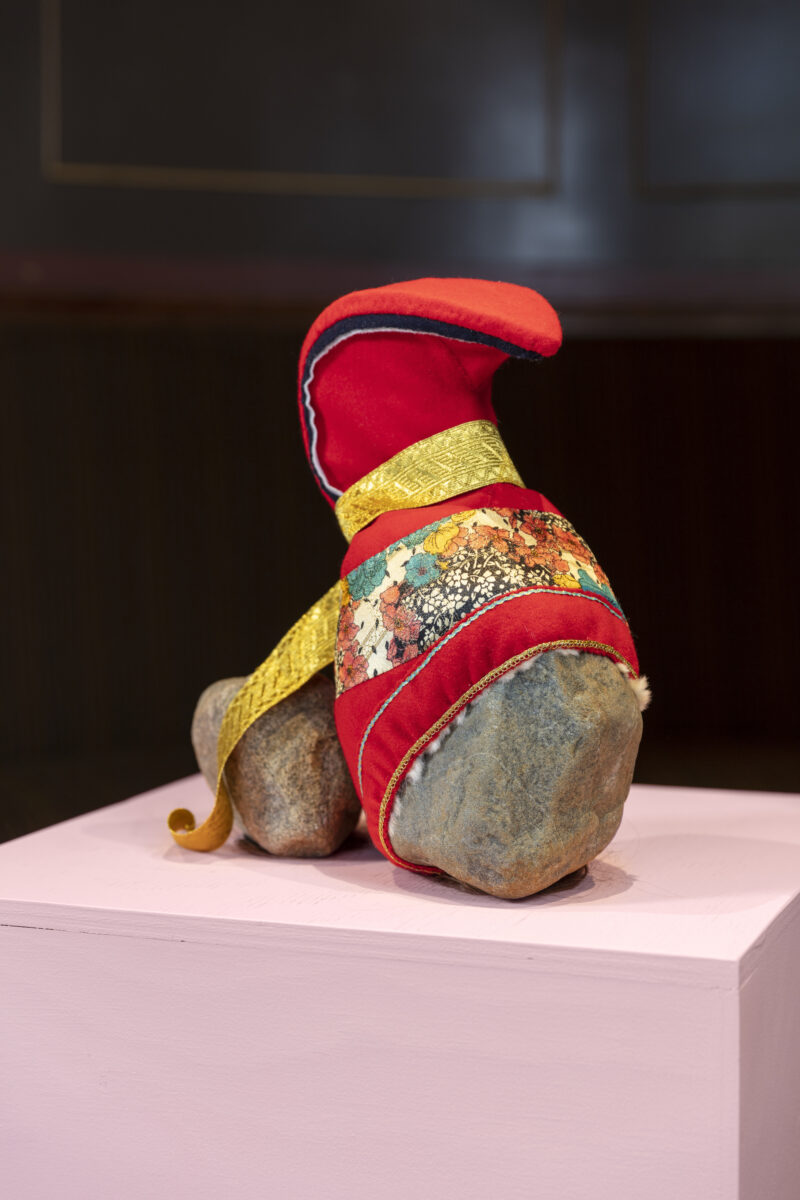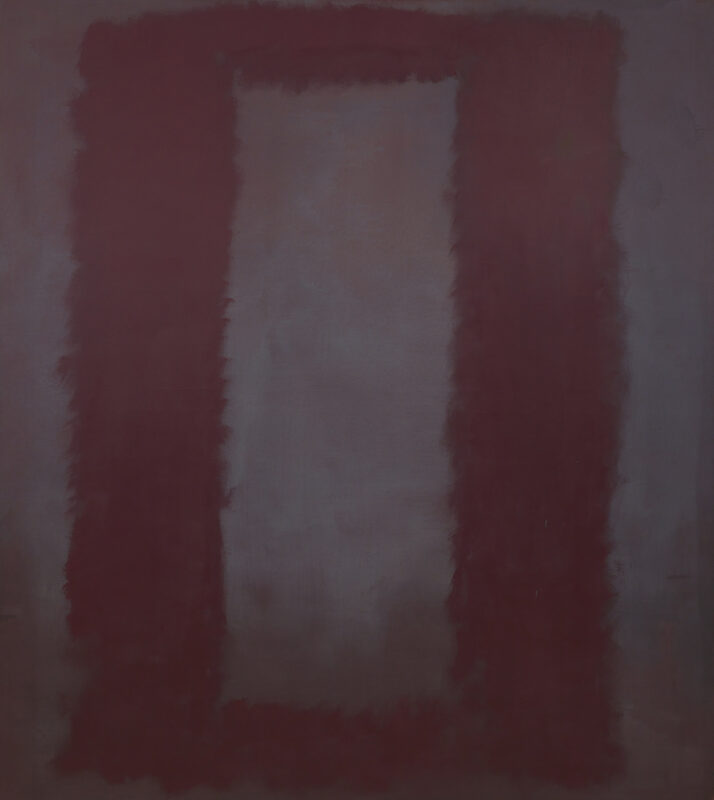This spring, Tate St Ives will present the UK’s first large-scale exhibition of work by Outi Pieski (Ciske-Jovsset Biret Hánsa Outi) (b.1973, Helsinki, Finland). Pieski is a Sámi visual artist whose practice is deeply connected to land. Working primarily with painting and installation, Pieski has gained recognition for her work which explores the spiritual relationship between humans and their environment and raises vital questions around traditional knowledge and Indigenous people’s rights. The exhibition at Tate St Ives will present Pieski’s figurative landscapes, photographs and prints alongside sculptural works, including a new installation which will be made especially for the show during her Tate St Ives residency at Porthmeor Studios in January 2024.

Pieski lives and works in Sápmi, the region in which the Indigenous Sámi live which is today divided between the nation states of Norway, Sweden, Finland, and Russia. Driven by the rugged landscape of her home municipality of Ohcejohka (Utsjoki), Pieski’s work acts as a dialogue between the everchanging natural environment of the area and its inhabitants. The exhibition at Tate St Ives will present several of her rarely exhibited acrylic landscape paintings which capture the region’s wild and transient scenery, including Rástegáisa lágalaš riektesubjeaktan II/Sacred Mountain Rástegáisa as a Legal Person II, 2018 which illustrates the mountain outside her home and Deatnu, máttožan/Deatnu River, Our Ancestor, 2018 which depicts the river which runs along the border between Finland and Norway which has been fished by Sámi people for thousands of years. These paintings will introduce visitors to the artist’s use of texture and space to explore culturally sacred places and demonstrate her early interest in the spiritual significance of materials.

Drawing inspiration from Sámi visual heritage, Pieski creates large-scale textile installations which feature tassels based on traditional clothing and reference ‘duodji’, an Indigenous craft practice which was marginalised in the wake of the colonisation of Sápmi. By practicing this often women-led way of making, Pieski seeks to strengthen sacred relationships between her work and her ancestral land, a concept known as ‘rematriation’. Made in collaboration with other Sámi women, these installations which Pieski refers to as ‘three-dimensional paintings’ destabilise the hierarchy between contemporary art and artisanal creative processes. Co-commissioned by Bonniers Konsthall, Stockholm and the 13th Gwangju Biennale, the hanging installation Beavvit-Rising Together II, 2021 comprises groups of brightly coloured tassels which have been hand knotted using the traditional Sámi shawl crafting technique or duodji. Central to the exhibition at Tate St Ives will be Guržot ja guovssat/Spell on You!, 2020, a monumental hanging installation which will be shown alongside the brand new work.

As an artist and activist, Pieski uses her work to reconnect with elements of Sámi culture lost following Scandinavian colonialism. The Tate St Ives exhibition will feature works which form part of Máttaráhku ládjogahpir/Foremothers´ Hat of Pride, 2017-21, an interdisciplinary project she has created with Finnish archaeologist Eeva-Kristiina Nylander to explore the complex legacy of the ládjogahpir,headdresses traditionally worn by Sámi women. Following the arrival of the Christian Pietistic movement called Laestadianism in the 19th century, these horn hats were banned, and many ended up in collections outside Sápmi. Pieski and Nylander have researched and created an inventory of all surviving ládjogahpirs from archives, collections and libraries across Europe, resulting in a book and artworks including 47 eanemus ohccojuvvon máttaráhkut/47 Most Wanted Foremothers, 2019, a Pop-art inspired photo series of original hats dating from 1800-1900 and Lossa máttaráhkku/The Heavy Weight of the Foremother, 2021, a hand-sewn headdress made from contemporary materials but constructed using traditional methods. These works visualise the history of the ládjogahpir and open conversations about erasure of Indigenous people’s traditions.
Outi Pieski, 10th February – 6th May 2024,
Tate St Ives
Outi Pieski is curated by Anne Barlow, Director, Tate St Ives, with Giles Jackson, Assistant Curator, Tate St Ives. With thanks to Helen Bent, Louise Connell, Arielle Etheridge, Sally Noall, and Tate’s conservation, design and technical teams. Supported by The Outi Pieski Exhibition Supporters Circle and Tate Members.









